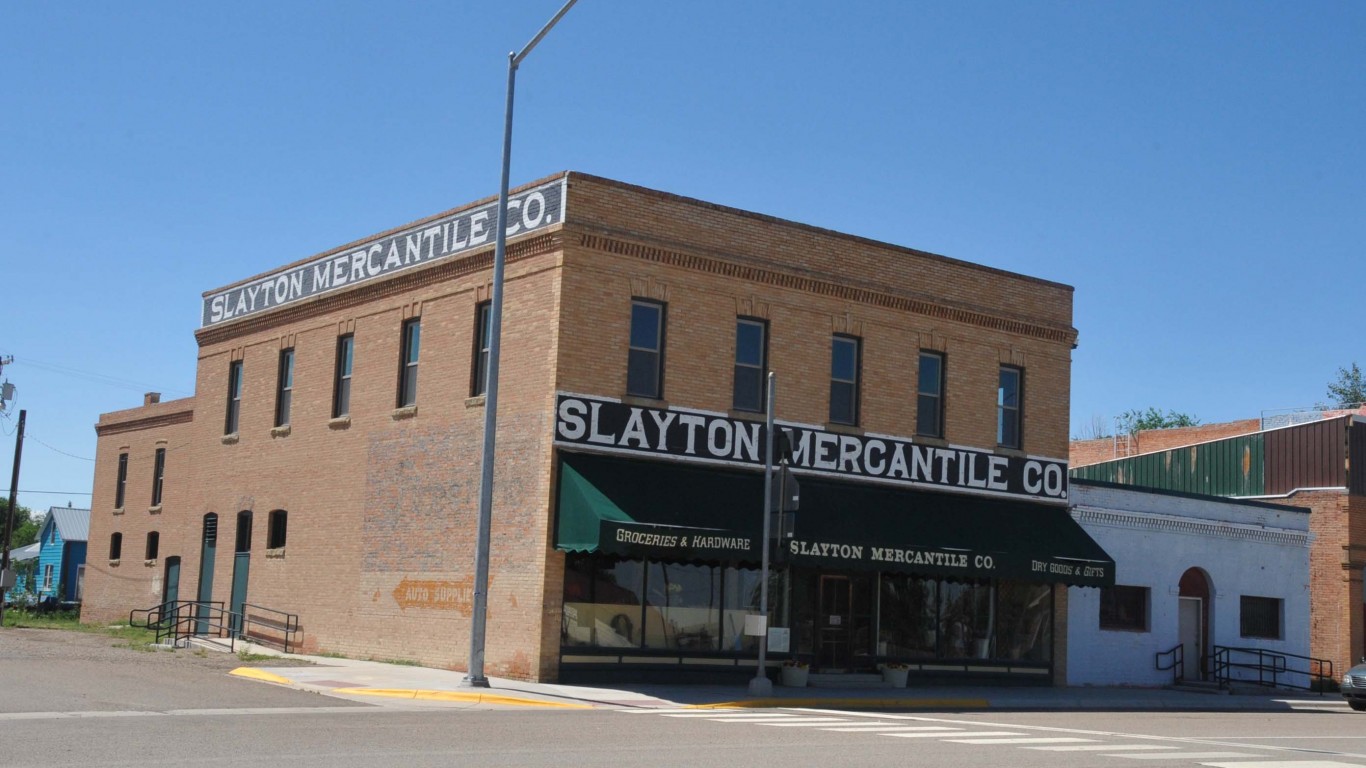Health and Healthcare
COVID-19: This Is the Deadliest County in America

Published:

Despite a recent fall-off in the speed with which COVID-19 has spread across America, there is no end in sight for what will certainly be tens if not hundreds of thousands of more deaths in the first half of this year. Vaccination distribution has been slow, and mutations of the disease have spread to the United States from the United Kingdom, Brazil and South Africa. These may not be more deadly, but they almost certainly spread faster, and current vaccinations may not treat them. The jury remains out on these questions.
The traditional metrics for measurement of the COVID-19 spread remain primarily increases in confirmed cases and fatal cases by day. Confirmed cases number 26,027,106 in the United States and continue to rise by over 200,000 most days. Deaths are at 437,743 and continue to jump by more than 4,000 on many days.
Other widely used measures are cases and deaths per 100,000 people. The advantage of this yardstick is that it allows for a comparison from place to place, regardless of how large or small a state or county is. By this measure, some regions are much safer than others and some more dangerous or deadly.
The deadliest county in America today is Golden Valley County, Montana, where deaths per 100,000 based on a 14-day average are 19.73. Golden County is in the center of the state, northwest of Billings. It has a population of only 724, according to the U.S. Census Bureau. Over 90% of the population is white. It is far from affluent. The median price of a family-owned home is $106,100, less than half the national average. At $43,875, the median household income is also well below the national number. The 20% poverty rate is high.
The next deadliest county is Golden Valley, North Dakota. It is in the western central part of the state, on the Montana border. Deaths per 100,000 there based on a 14-day average are 11.39. Its population is 1,882.
Next is Thomas County, Nebraska, where the deaths per 100,000 rate is 11.07. Its population is 645. McMullen County, Texas, follows with a death rate per 100,000 of 10.79. Then comes Stonewall County, Texas, with a rate of 10.31.
Another measure of dangerous levels of the disease are cumulative cases per 100,000 over a 14-day average. Currently, this is the highest by far across the nation in Forest County, Pennsylvania. The county is in the northeast part of the state, north of Pittsburgh and southwest of Erie. It has 654.92 confirmed cases per 100,000. The population is 7,351.
Next on the list of cumulative cases per 100,000 is Val Verde County, Texas. Its number is 220.43, and its population is 49,027. That is followed by Dimmit County, Texas, with a figure of 169.48. Its population is 10,633. Zavala County, Texas, has a rate of 158.98 and a population of 12,131. Val Verde is on the Mexican border, west of San Antonio. Dimmit is just to its south and Zavala just to its west. That means there is a cluster that covers these three counties at least.
Finally, among the counties with the highest cumulative cases per 100,000, the number in Hopewell, Virginia, is 156.19. The population there is 22,408.
While the most recent news about COVID-19 is that it has hit cities like Los Angeles with a vengeance, it remains a rural problem also. The spread has slowed in low-population areas like North and South Dakota, but many of America’s less populated areas are still in trouble.
If you’re one of the over 4 Million Americans set to retire this year, you may want to pay attention.
Finding a financial advisor who puts your interest first can be the difference between a rich retirement and barely getting by, and today it’s easier than ever. SmartAsset’s free tool matches you with up to three fiduciary financial advisors that serve your area in minutes. Each advisor has been carefully vetted, and must act in your best interests. Start your search now.
Don’t waste another minute; get started right here and help your retirement dreams become a retirement reality.
Thank you for reading! Have some feedback for us?
Contact the 24/7 Wall St. editorial team.